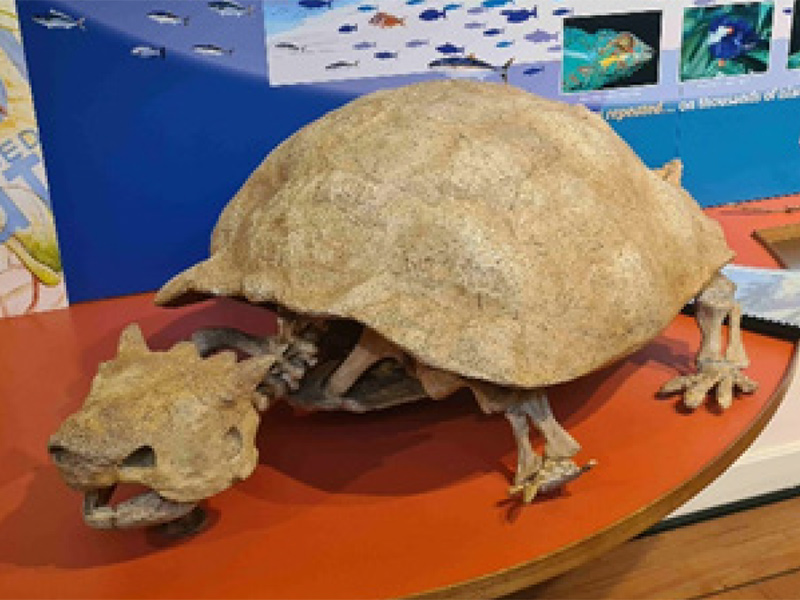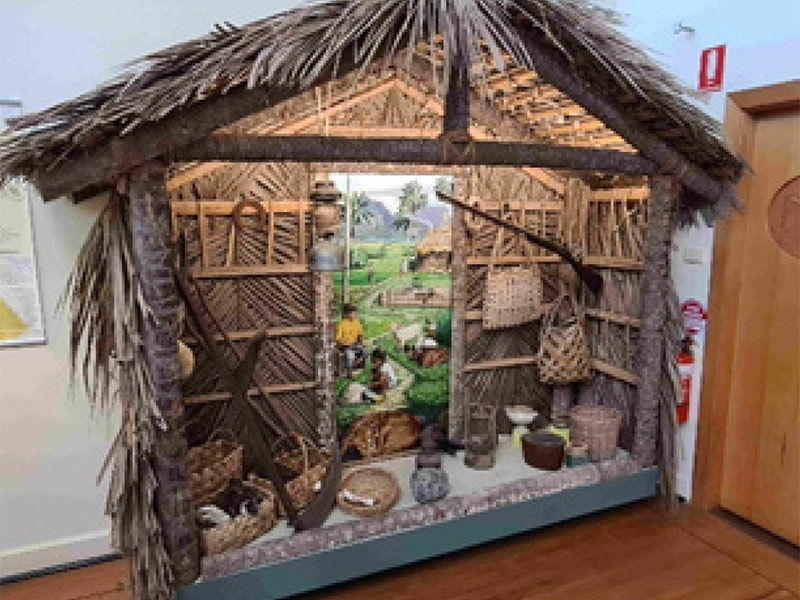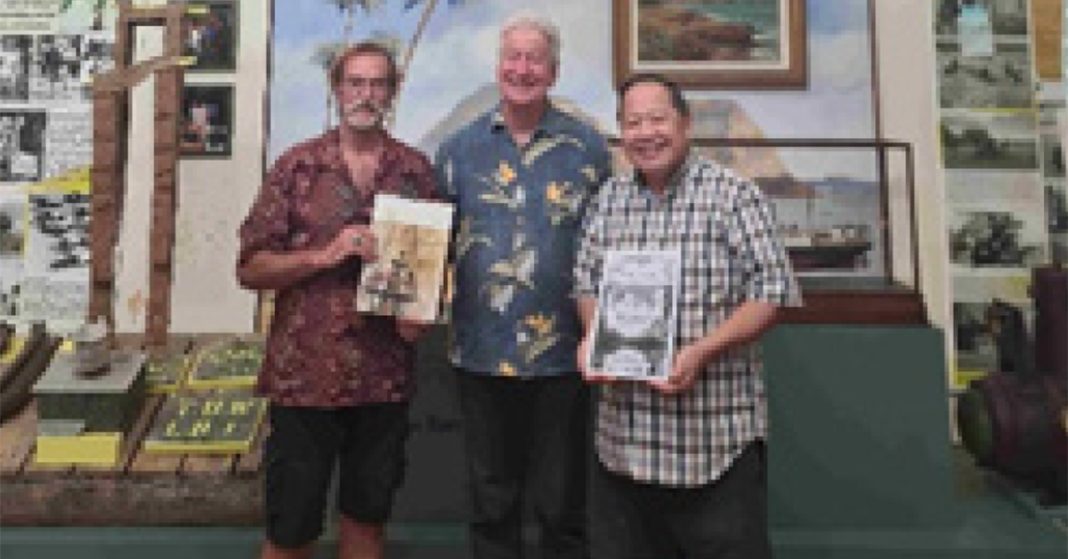Like everybody’s first visit to Lord Howe Island, ours in early May, 2025, completely charmed my wife, Anna and me, here to celebrate her 70th birthday. It evoked all those superlatives you’ve heard so often that they don’t need repeating… but here are some of them, anyway.
Stunningly unique geology and geography, environment and endemic species. Magnificent vistas of mountain and lagoon, with so many beautiful beaches we often had all to ourselves. Elegant accommodation, fine dining and the friendliest Islanders.
But here’s another one I particularly want to add: the very finest little regional museum that I’ve visited in ages. The Lord Howe Island Museum just bowled us over. Its two galleries, one for natural history and geology, the other for maritime, social, economic, and aviation histories, have simply nailed down the entire Lord Howe experience and served it up in fine detail. It’s a museum that packages up a vast amount of information into many meaningful bite-sized mouthfuls, presenting them all with great style and colour.
Too many fascinating exhibits and artifacts to single out but here are two of our favourites. In the natural history gallery (“From Coral Reef to Cloud Forest”) it was the skeleton cast of Meiolania platyceps, the endemic but long-extinct giant Lord Howe turtle.
And over in the history gallery, the quite amazing structure showing how the early settlers used every bit of the endemic Kentia palm tree (Howea forsteriana) to create, tie together and thatch their first dwellings. The palm tree was the Island’s major export, as it became a must-have in fashionable parlours and conservatories around the world.
I have to confess to a bit of bias towards museums, since I have a nearly 40-year association with the Australian National Maritime Museum in Darling Harbour, Sydney. I was one of its founding staff members and have been a consultant and research associate for it since I “retired”. So I like to cast a professional eye over museums wherever I go, especially ones with a strong maritime theme.
Another way of putting that is, I know a good museum when I see one!
We were very warmly welcomed to Lord Howe Island Museum (and the Coral Café where we lunched regularly) by two key contributors to Island affairs. Historian and volunteer reception co-ordinator, Chris Murray, told me how their splendid museum has developed. And shared with me even more Lord Howe historical detail.
And it was a real pleasure to meet Stephen Sia, editor of this venerable monthly community newspaper called Signal. Even more so since I had been the founder, and for 25 years the editor, of the Australian National Maritime Museum’s own quarterly journal called… Signals!
In case I’m suspected of plagiarising the title, I’d like to relate a bit of back-story. In 1989, when I developed a journal for Australia’s new and not-yet-opened National Maritime Museum, I wanted to signal that we would be “the very model of a modern maritime museum”. Signals seemed like a good title.
In those pre-internet days, I asked our museum’s research librarians to check that there weren’t any other publications of that name. No, they said, somehow missing Lord Howe’s own well-established newspaper. So, our Signals was launched and recently celebrated its 150th quarterly edition.
We always sent a complimentary copy to the Lord Howe Island Museum, as one of the 150 or so local and state maritime museums scattered all around Australia’s coasts and river systems that we kept in touch with.
So, I was happy to see copies of the Australian National Maritime Museum’s Signals kept in Lord Howe’s maritime gallery for visitors to peruse.
In retirement I still write for Signals from time to time. I will be VERY happy if The Lord Howe Island SIGNAL finds a page for this little note of mine. So that I can congratulate all the Island’s museum supporters, contributors and volunteers for their splendid work.
PS I said this was the first visit to Lord Howe for Anna and me, but that’s not entirely true.
In the mid-1980s, working as a journalist on an Australian magazine called Modern Boating, I was flown here to join a luxury yacht cruising to Sydney. To write a story about its voyage. I was picked up at the airport in a Mini Moke, whisked over to the lagoon and whizzed out to the yacht in an inflatable dinghy. Up came the anchor, up went the sails, leaving me gazing in frustration at the stunning sight of Mounts Lidgbird and Gower receding behind us.
I think that ten minutes on Lord Howe Island might set a world record for its shortest visit ever.
Jeffrey Mellefont, Honorary Research Associate, Australian National Maritime Museum




